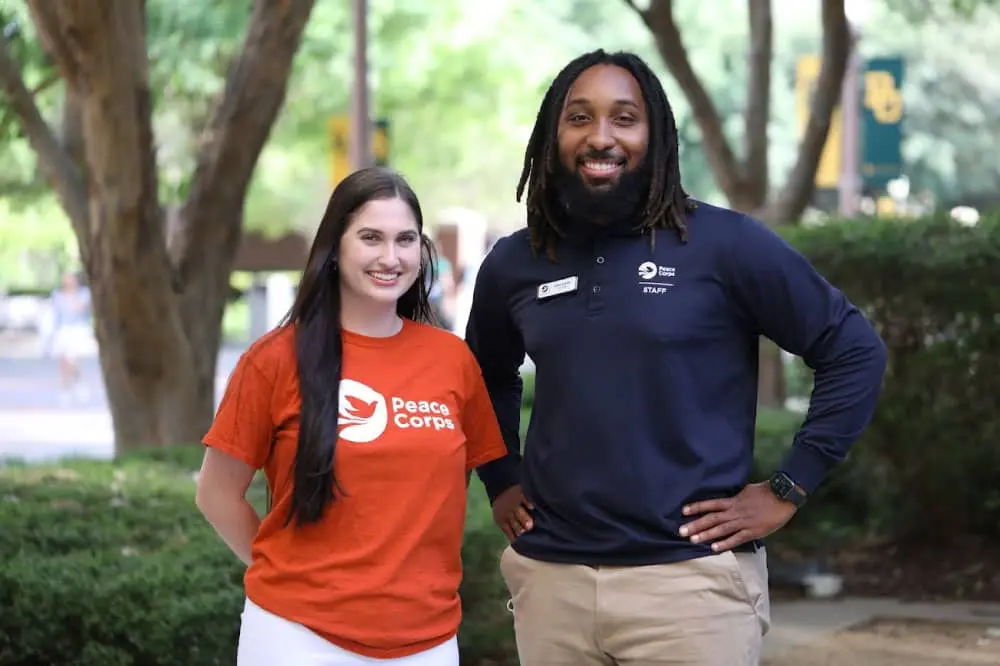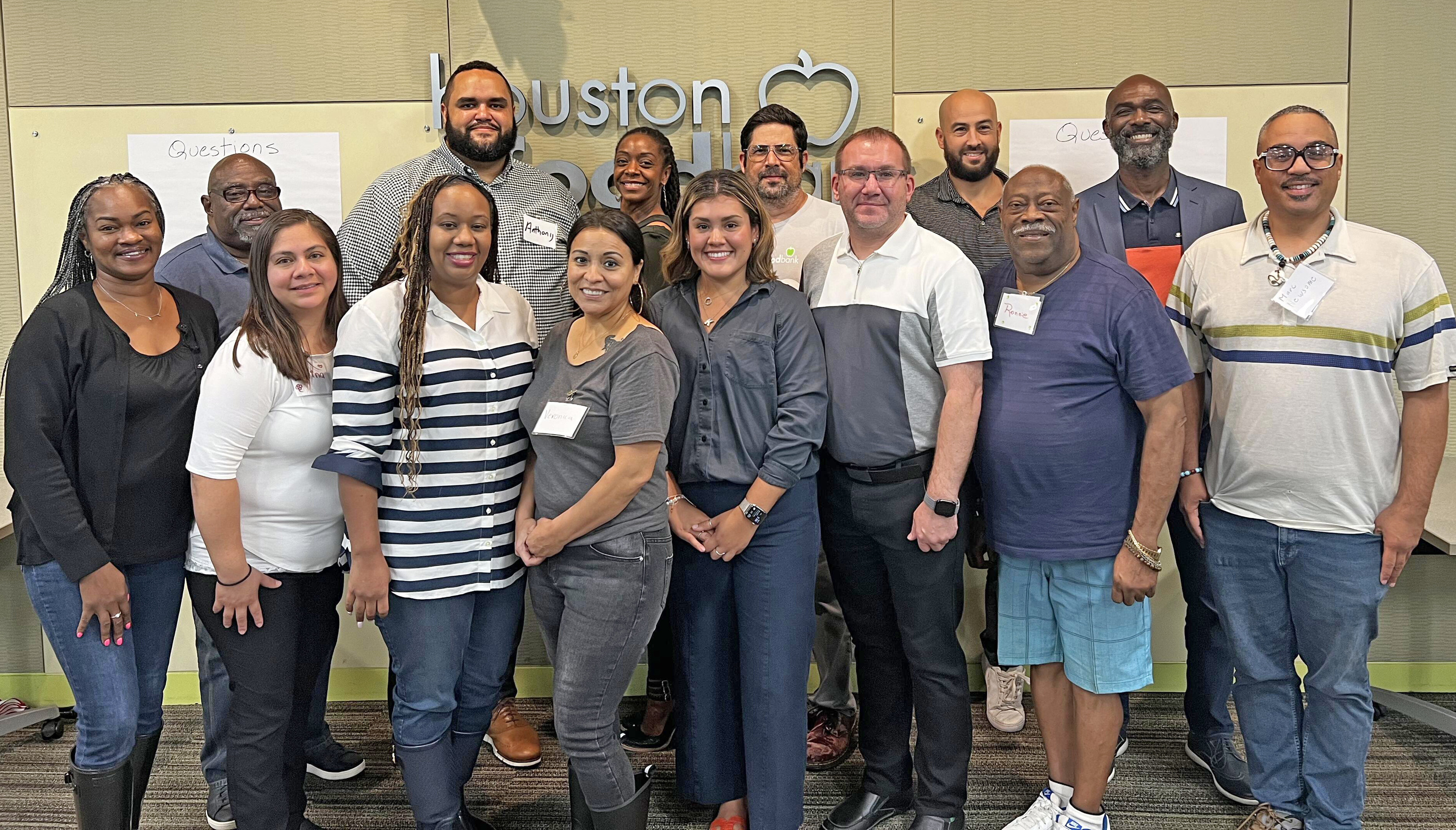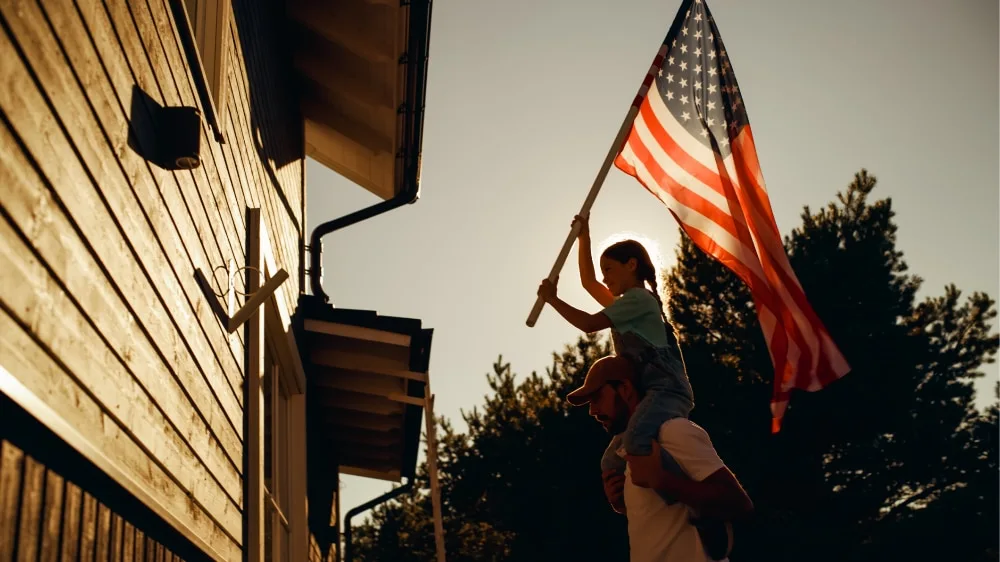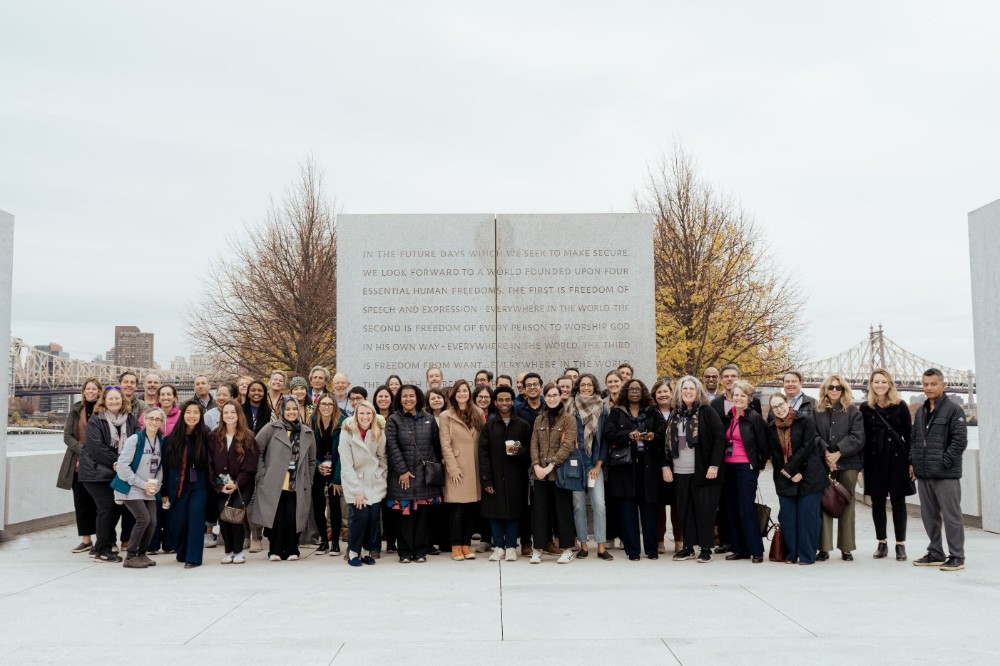Jonathan Gruber -
Jun 26, 2024
Questions as a Doorway to Reducing Divisions
Questions as a Doorway to Reducing Divisions

Within the wide-ranging debate about pluralism, there is a whole lot of conversation about conversation.
Approaches to bridging divides anchored in dialogue have been profiled, scrutinized, and defended in news outlets like The Chronicle of Philanthropy. Critics view dialogue as, at best, a shallow connection that avoids charged topics and, at worst, a stumbling block to advancing justice. Proponents see dialogue as a tried-and-true method for building trust, a stepping stone to collaborative action.
I appreciate the rigor of this give and take, having funded bridging work for a decade now. To be sure, those of us who share a commitment to healing the human side of our ailing democracy should point out the benefits of dialogue as well as its limits, what it can make possible, and how it can fall short. It’s also worth acknowledging that dialogue alone is not the antidote to toxic polarization or creeping authoritarianism.
However, the coverage and commentary about dialogue as a facet of bridging work strikes me as incomplete. It stays at a high altitude, obscuring a granular view of what it looks like on the ground, and rarely drills down into the concrete practices and techniques of constructive dialogue. Sometimes, it is worth zooming in from the forest to better see the trees.
A missing piece – and missed opportunity – I see when it comes to talking about dialogue in bridging work is the central role of questions: simple prompts that serve a higher purpose. This may sound obvious. A lot of conversations hinge on questions. Yet, what I’ve observed across a range of bridging efforts is that questions are the active ingredient. Whether the goal is to humanize the other side, shrink perception gaps, unearth motivations, find common ground, or transform conflict — asking curious questions, and listening deeply to the answers, is what builds trust and unlocks progress.
I was reminded of this at the recent Building Together event hosted by the Council on Foundations. Questions as a conduit to connection and insight was a recurring theme throughout the talks, hands-on workshops, and immersive experiences. Mónica Guzmán of Braver Angels explained how a subtle shift in asking someone about their beliefs can tease out an evocative story rather than a position statement: instead of asking “Why do you believe that?” ask “How did you come to believe that?” Sandy Clark and Dave Isay of StoryCorps described how One Small Step conversations foster empathy between strangers across the political divide thanks to questions like, “Who has been the most influential person in your life? What did they teach you?” At a People’s Supper experience, my tablemates and I each responded to the question, “What is an experience of belonging that you carry – where you felt fully seen, heard, and like you fully belonged?” A thoughtful prompt elevated a dinner conversation beyond professional pleasantries to heartfelt reflections on who we are as people.
I also got a glimpse of how questions are vital in bridging contexts where the divides are deep and the stakes are high. Amanda Ripley of Good Conflict described how startling questions can create openings in a dysfunctional conflict: “What do you think the other group thinks of you or your group? What do you wish they understood about you? Where do you feel torn?” Organizer Ben Fink described the aspirational questions that power multiracial, politically diverse coalitions in a community: start by asking people, “What do you want? What can we make together?” In a workshop with Resetting the Table, I learned how to ask questions that follow the meaning of what someone is really trying to say and then show them I’ve truly listened. Asking, “Did I get that right?” is not just about playing back what the person said and inviting them to correct the recap. It is about showing that you have seen and heard them on their own terms. If only that practice were the norm in the throes of every high conflict.
Beyond the realm of practice, questions are having a moment on the bookshelf. Touchstones on the topic, like Humble Inquiry by Edgar Schein, have been joined by a new generation of voices touting the power of questions and curiosity: for example, I Never Thought of It That Way by Mónica Guzmán, Seek by Scott Shigeoka, and Ask by Jeff Wetzler. I have tried to bring the lessons from these books into my day-to-day life, at work and at home. My 6- and 8-year-olds are not always keen to engage in the searching questions I pose. Yet, the sheer number and variety of questions they ask – to understand and make sense of their worlds – is a constant nudge to stay curious about the people I meet and those I think I know well.
The ongoing inquiry and debate on the research, practices, and effectiveness of bridging and pluralism are crucial. But let’s not focus all our attention there at the expense of noticing – and embracing – the practical skills that form the building blocks of this work. That includes the power of questions that illuminate who we are and what matters to us, that connect us to one another, and that expand possibilities for shared action. It is a skill that’s as relevant to our personal lives as it is to strengthening democracy and advancing social change.
A parting question to ponder: How might you make this practice your own?
Jon Gruber leads Einhorn Collaborative’s Building strategy. Learn more about our work in Building and more about Jon. Sign up to receive our monthly newsletter and be the first to read Jon’s blog posts.





